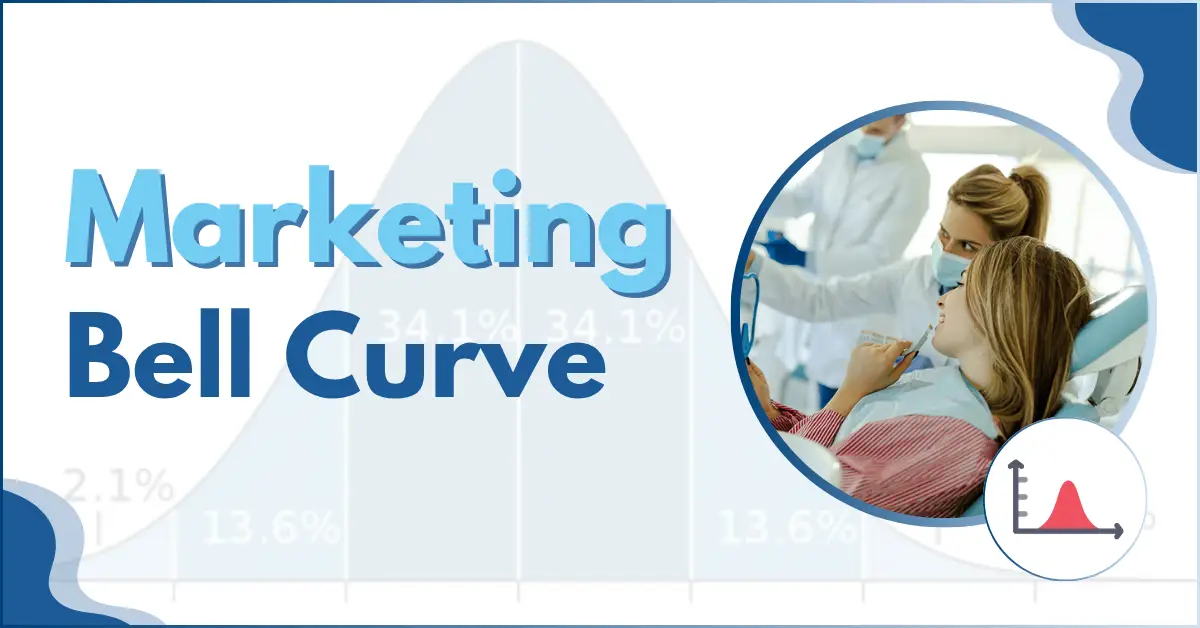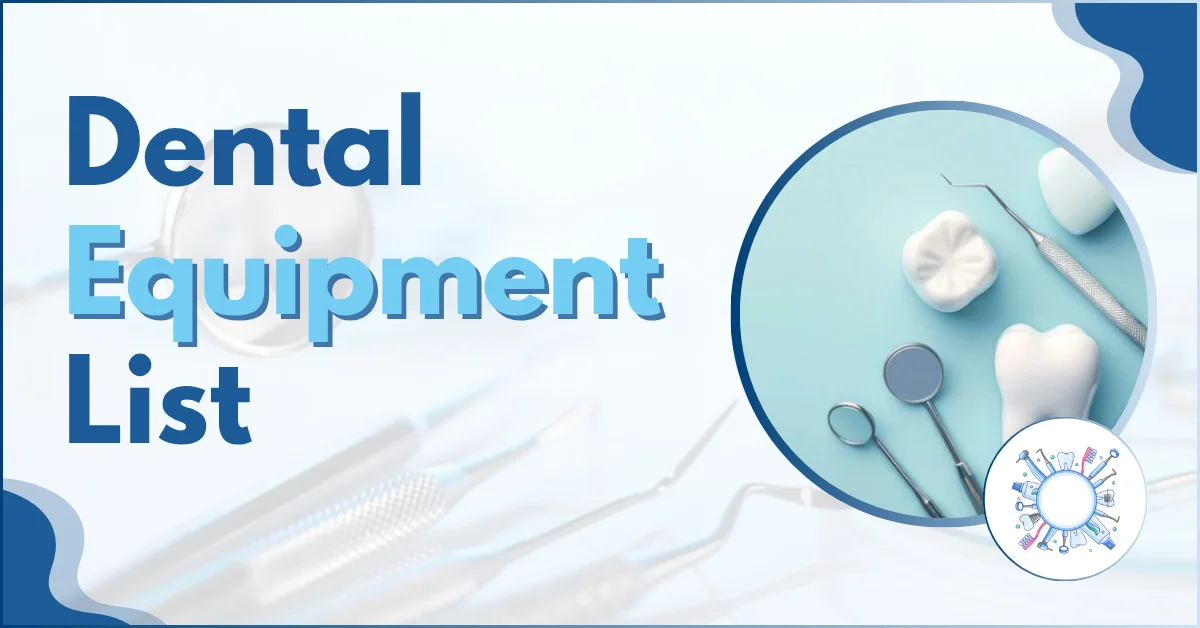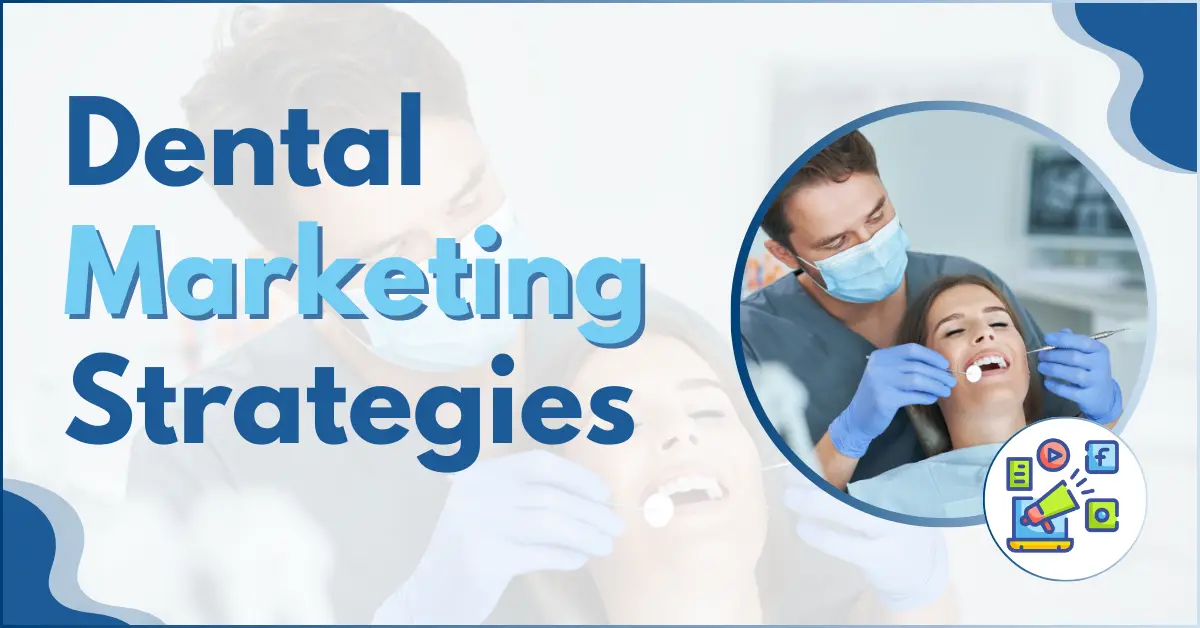Running a dental practice means balancing good patient care with smart business decisions. One key metric that can help is the lifetime value of a dental patient (LTV).
Knowing this number helps you understand how much each patient brings to your practice over time, which makes it easier to decide how much to spend on marketing, how to improve retention, and where to grow.
Let’s walk through everything you need to know to make the most of your dental patient value.
Want to Maximize the Lifetime Value of Every Dental Patient?
At The Dental SEO Services, we help dental practices grow smarter—with SEO, Google Ads, and retention-focused strategies that bring real, long-term results.

How to Calculate Patient Lifetime Value
Here is how to figure out the patient lifetime value:
Step #1: Calculate the Value of a Single Patient
Use this simple formula:
Average Spend Per Visit × Visits Per Year × Years They Stay
For example:
That is your base value.
Step #2: Add the Value of Referrals
If 1 in 5 patients refers to a friend who also becomes a regular, you can divide your base value by 5 and add it.
$2,400 ÷ 5 = $480
New Total = $2,400 + $480 = $2,880
This extra amount is often overlooked, but it is real and measurable.
Step #3: Add any Optional Services or Extras
Many patients go beyond basic cleanings. Think:
Estimate an average add-on amount per patient. Let’s say $300 over 8 years.
Final Estimated LTV = $2,880 + $300 = $3,180
That is your lifetime value of a dental patient.
Example Scenario
Here is a simple value of a dental patient chart based on common numbers:
| Factor | Value |
| Avg. Spend per Visit | $175 |
| Visits per Year | 2 |
| Years They Stay | 9 |
| Base Patient Value | $3,150 |
| Referral Value (1 in 4) | $787.50 |
| Add-on Services Estimate | $400 |
| Total LTV | $4,337.50 |
Now you have a number to work with, one that reflects the real value of a long-term patient.
What is the Lifetime Value of a Dental Patient?

LTV is the total amount of money a patient is likely to spend at your clinic during the time they stay with you.
Think about a regular patient who comes twice a year for cleanings, occasionally needs a filling, maybe refers a friend, and eventually tries whitening or aligners. Their value goes way beyond that first visit.
This total is your dental patient’s lifetime value.
What is the Average Patient Lifetime Value of a General Practice Dentist?
It depends on where your practice is and the kind of services you offer, but on average, the lifetime value of a dental patient is somewhere between $1,000 and $10,000.
For many general dentists, a realistic number is around $3,000 to $5,000 per patient, especially if they stick with you for several years and refer just one or two others.
And if you’re wondering where you stand, don’t worry, we will show you how to calculate it step-by-step shortly.
What is the Optimal Lifetime Value of a Dental Patient?
There is no magic number here. The “best” LTV is the one that is realistic for your clinic, profitable, and based on strong patient relationships.
If your average patient sticks with you for 7–10 years, gets preventive care, some treatments, and even refers to one friend, that’s already a high-value patient. The goal isn’t to squeeze more money out of each person; it is to help them stay, trust you, and get the care they need.
What goes into the Lifetime Value of a Dental Patient?
Here is what you should include when estimating the dental patient value:
When you put this all together, you get a more accurate picture of what each patient is actually worth to your practice over time.
Why does Lifetime Value Matter for Dental Practices?
It is a fact that dental practices are busy places. It is easy to get caught up in day-to-day appointments and not think much about the bigger picture.
But understanding the lifetime value of a dental patient helps you think long-term. It helps answer important questions like:
When you know the value of a dental patient, your decisions become more focused and usually, more profitable.
How can you Use the Lifetime Value of a Dental Patient?
Once you know your numbers, here is what you can do:
How Much Should I Invest to Acquire the Right Dental Patient?
A good rule of thumb is: spend about 10–20% of the average patient’s lifetime value to bring them in.
So, if your average dental patient value is $4,000, you could afford to spend up to $800 on marketing to attract them, and still come out ahead.
But here is to remember that not all patients bring the same value. So tracking LTV for different patient types or marketing channels gives you a clearer view.
Do Marketing Campaigns Affect Patient LTV?
Yes, and it happens more than you might think.
Let’s say you run a promo ad offering half-off cleanings. You’ll likely get a spike in calls, but many of those patients may be “one-and-done.”
Compare that to a referral from a happy patient, someone who already trusts your care. They’re more likely to stay longer, get more services, and refer others.
Different campaigns bring in different kinds of patients and different values.
That’s why tracking results (not just in new patients, but in LTV) is so important.
6 Important Tips to Maximize the Lifetime Value of a Dental Patient

You don’t need more patients to grow your revenue, just better relationships with the ones you already have.
1. Improve Return Visits
Consistency builds trust, and trust builds loyalty.
2. Get More Referrals
Referrals often bring your best, most loyal patients. To encourage more:
3. Offer More Services
If you already have a trusted patient relationship, adding value through more services is natural.
4. Enhance Patient Experience
Patients remember how you made them feel.
When patients feel cared for, they are more likely to stay and refer others.
5. Use Internal Marketing
Stay connected between visits:
This keeps your practice top of mind.
6. Use External Marketing
Now that you know the average lifetime value of a dental patient, you can spend your marketing budget more wisely, not just chasing clicks, but attracting the right kind of patients.
Here is what works:
And do not forget about SEO (Search Engine Optimization). It is one of the most cost-effective ways to attract long-term patients.
SEO helps your website show up organically when people search for the dental practice
To improve your SEO:
Grow Your Dental Practice with High-Value Patients
We specialize in SEO for dentists, Google Ads , and local dental marketing that actually works.
Stop chasing low-quality leads—start attracting loyal, long-term patients today.

How Often to Recheck the Lifetime Value of a Dental Patient?
Revisit your numbers every 6–12 months.
If you have added services, improved retention, or changed your pricing, your dental patient value will shift.
Tracking your LTV helps you:
What is a Typical Profit Margin for a Dental Practice?
Most dental practices operate with a profit margin between 30% to 40% after expenses.
What Are the Most Profitable Dental Procedures and Treatments?
Here is a list of the highest-margin dental treatments in 2025:
| Procedure | Why It’s Profitable |
| Dental Implants | High fee, low chair time after surgery |
| Orthodontics (Braces, Invisalign) | Recurring payments, minimal lab cost, high demand |
| Teeth Whitening | Low cost, fast, high patient demand |
| Veneers | Cosmetic-driven, high markup |
| Clear Aligners | Scalable with digital workflows, fewer in-office visits |
| Root Canals (Endodontics) | Often insurance-covered, predictable workflow |
| Crowns & Bridges | High billing value with regular demand |
| Digital Smile Design (DSD) | Luxury cosmetic service, increasing in popularity |
Wrapping Up
The lifetime value of a dental patient is not just a number on paper; it is a reflection of how well your practice is doing at building trust, delivering care, and creating long-term relationships.
When you understand the value behind each smile that walks through your door, your practice decisions, from budgeting to service expansion, become simpler and more grounded.
So do not get stuck in short-term thinking. Run your numbers. Take small steps to improve patient retention and referrals.
Over time, the results will speak for themselves, in stronger patient relationships and a healthier bottom line.







